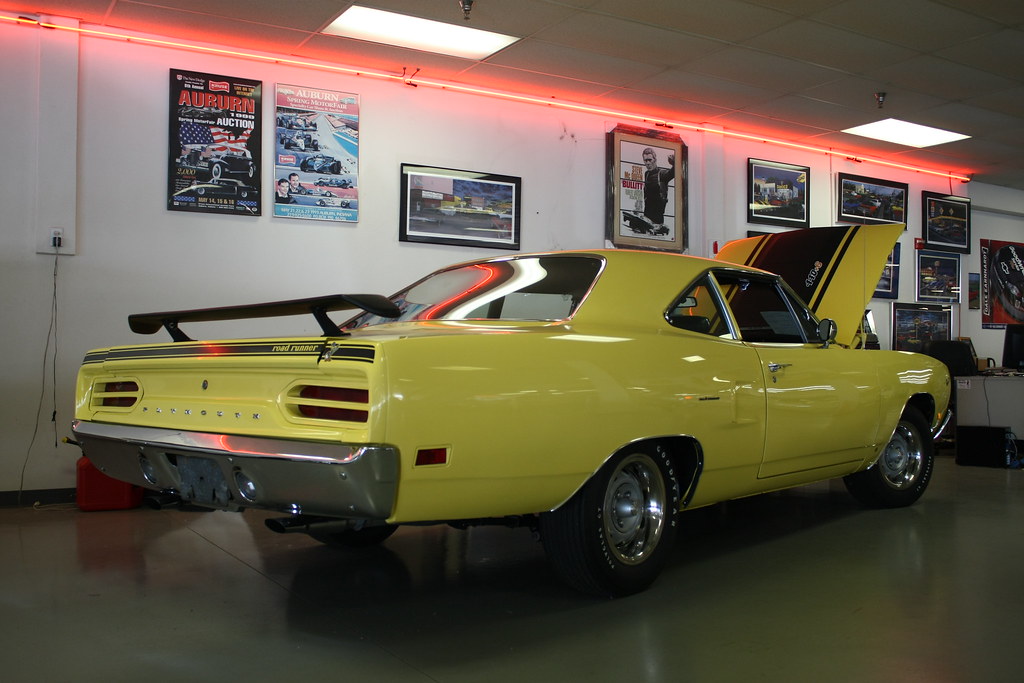1. **Document Verification**: The first step in the used car buying process is to ensure that all necessary documents are in order, as it’s crucial to verify that the car’s documentation aligns with its history. If there’s no record of previous ownership or services, this could signal potential issues, so it’s essential to thoroughly check the car’s service history to confirm that it has been maintained properly by prior owners.

2. **VIN Tampering**: A car’s Vehicle Identification Number (VIN) is a vital identifier, functioning like a fingerprint for the vehicle. Any discrepancies in the VIN’s placement can serve as a significant red flag, so be sure to check the VIN in various locations on the car and its documents to confirm authenticity and avoid falling victim to scams.

3. **Salvage Title**: A salvage title indicates the car has been in a major accident and was declared a total loss. While some may view a salvaged car as a potential bargain, it’s important to understand the risks. Cars with salvage titles may have underlying issues that could cost you more in the long run.

4. **Multiple Owners**: Cars that have had numerous owners can sometimes point to unresolved issues. While having several owners isn’t inherently bad, it could indicate neglect or inconsistent maintenance. Always verify the service records to ensure the vehicle was well cared for.

5. **Wear and Tear Discrepancy**: Ideally, the wear and tear on a vehicle should align with its mileage, so if you notice excessive wear despite a lower mileage reading, this may suggest an inaccurate odometer or neglect in maintenance. Always consider how these signs correlate to avoid unexpected surprises after the purchase.

6. **Tire Condition**: Tires tell a significant story about a car’s condition. Uneven wear can indicate problems with alignment or suspension, both of which could lead to costly repairs. Always check that all tires are in similar condition.

7. **Mismatched Tires & Hubcaps**: While this might not appear as a significant issue at first glance, mismatched tires and hubcaps can affect the vehicle’s safety and performance. Ensure all tires and hubcaps are uniform, and inquire further if inconsistencies are found.

8. **Test Drive Performance**: Taking a test drive gives you the chance to assess the car’s performance in real-time, so pay attention to any unusual sounds that may hint at mechanical issues. For instance, knocking noises during acceleration could indicate engine problems, while rattling sounds on turns may suggest issues with the suspension system.

9. **Misalignment**: Misalignment in a car’s panels, although subtle, can be a significant indicator of past damage or subpar repair work. When panels like doors, the hood, and trunk don’t align correctly, it may indicate that the vehicle has undergone a serious accident that was not properly resolved, so it’s wise to check these alignments carefully and consult a professional if something seems amiss.

10. **Rust and Leakage**: Rust can quietly compromise the integrity and aesthetic of used cars, so it’s essential to inspect areas such as the undercarriage, wheel wells, and door edges for corrosion. Additionally, look for engine leaks as these can point to poor maintenance or serious mechanical issues; catching rust and leakage early can save you from costly repairs in the future.

11. **Paint Job**: While a fresh coat of paint might catch your eye, it could also be concealing serious underlying problems. If a used car has a recently applied paint job, particularly in parts, it might be hiding past accidents or damage, so examine the paint for inconsistencies in color or finish, as opting for a car with its original paint can provide a clearer picture of its true condition.

12. **Too Good To Be True**: If you come across an exceptionally low price, it’s wise to proceed with caution, as such deals often signal hidden issues with the vehicle. Do some research on the market value of similar models to gauge whether the pricing is realistic; scams often disguise themselves with tempting offers, so maintain a skeptical and investigative approach.

13. **Unusual Paint Job**: Unique or unusual paint jobs can sometimes reflect an owner’s personality, but they might also indicate attempts to cover up damage. Be cautious of non-standard colors or finishes, as these could signify previous accidents, and ensure you verify if the modifications were purely cosmetic or meant to hide something more serious beneath the surface.

14. **High Mileage**: Mileage is a key factor in determining a used car’s condition and potential longevity. High mileage can imply significant wear and tear on the vehicle’s components. While a car with high mileage might still be in a decent condition if well-maintained, it’s important to have it inspected by a professional to ensure it’s a sound investment. Be sure to weigh the mileage against the car’s service records to make an informed decision.

15. **Flood Damage Signs**: Flood damage can wreak havoc on a vehicle, often resulting in long-lasting mechanical and electrical issues. Look for indicators of water exposure such as a musty smell, water stains, or corrosion in unexpected places, as cars that have been flood-damaged might initially perform well but can develop severe problems over time; a thorough inspection is key to avoid these potential pitfalls.
Related posts:
5 Things to Never Tell a Car Salesman If You Want the Best Deal
Buyer Beware: 12 Red Flags When It Comes To Buying Used Cars
8 Red Flags to Look out for When Buy a second-hand car






